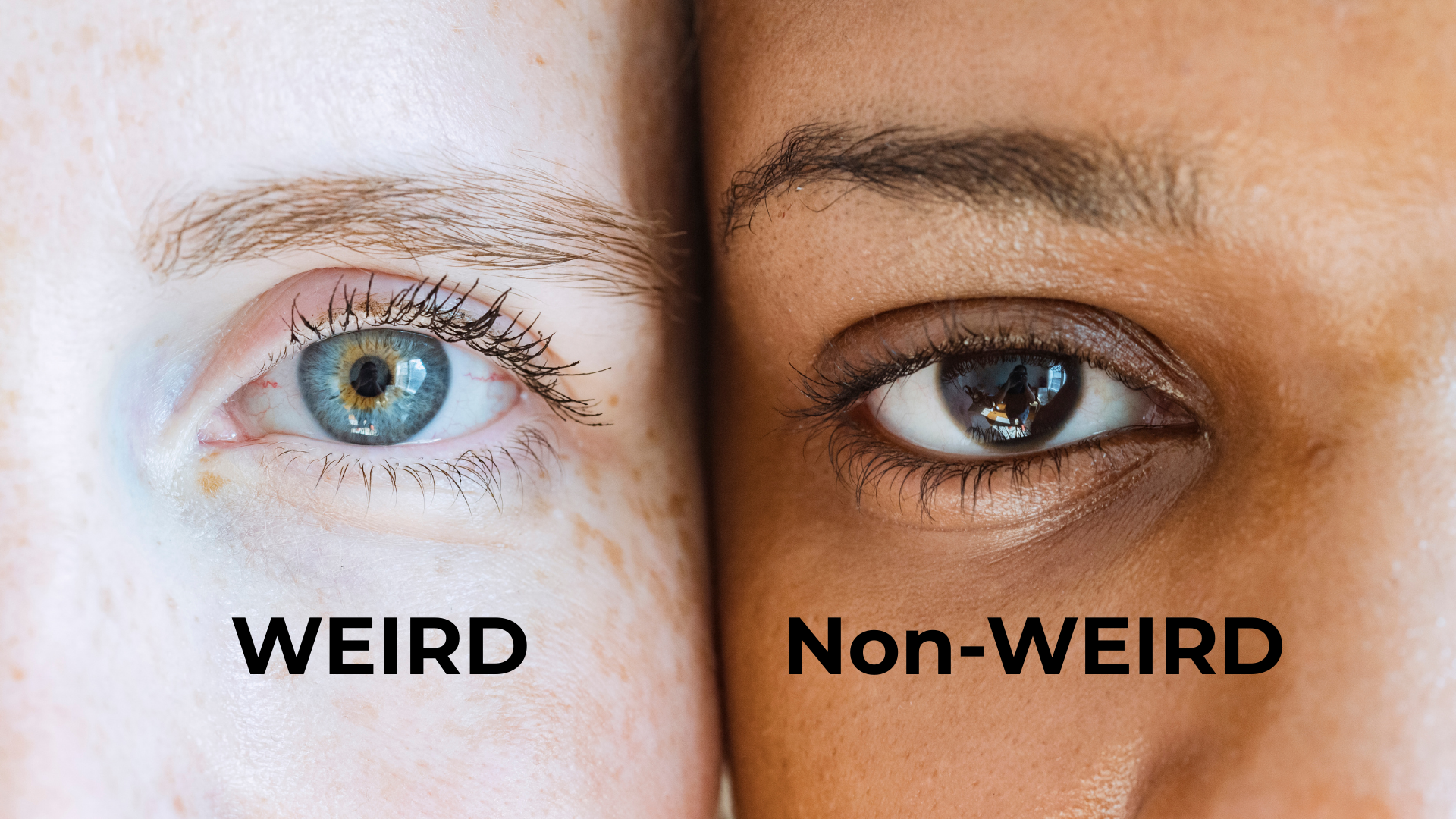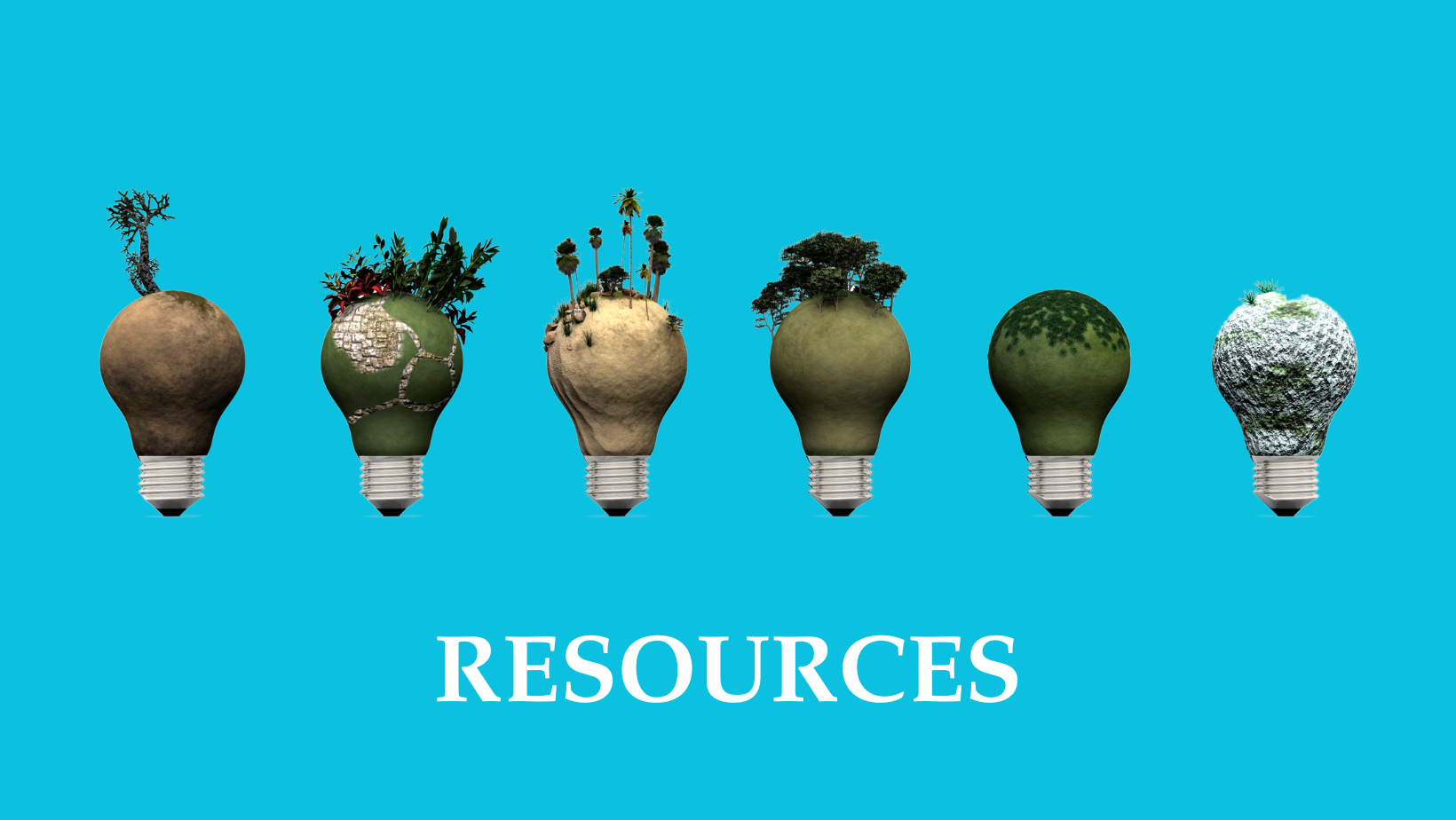Imagine you are a soccer player who is about to take a penalty kick in a crucial match. As you walk towards the ball, you start thinking things like:
❌ I’m going to miss this shot
❌ Everyone will hate me if I fail
❌ I’m not good enough to do this
How do you think these thoughts will affect your performance? It is likely that they will make you feel anxious, nervous, and doubtful. They will also distract you from focusing on the task at hand and executing your skills. In other words, they will lower your chances of success.
Now imagine you are the same soccer player, but this time you think things like:
✅ I have practiced this many times before
✅ I trust my abilities and skills
✅ I can do this
How do you think these thoughts will affect your performance? It is likely that they will make you feel confident, calm, and determined. They will also help you concentrate on the task at hand and execute your skills. In other words, they will increase your chances of success.
The scenario above is an example of cognitive restructuring, a technique that involves identifying and replacing negative, irrational, or self-defeating thoughts with positive, rational, or adaptive ones. Cognitive restructuring can help you overcome negative thoughts and emotions that may hinder your performance in sport and exercise.
In this article, I will discuss what cognitive restructuring is and how it can benefit you in sport and exercise settings. You will also learn how to apply cognitive restructuring techniques to improve your cognitive functioning, physical activity, and sports performance.
Cognitive Restructuring: Definition and Process
Cognitive restructuring is a technique that is commonly used in sport and exercise psychology, where self-defeating thoughts and negative self-statements are identified and substituted with positive, adaptive self-statements, and coping thoughts.
The underlying principle of cognitive restructuring is that our thoughts influence our feelings and behaviours. If we think negatively about ourselves or our situations, we are likely to feel bad and act poorly. On the other hand, if we think positively about ourselves or our situations, we are likely to feel good and act well.
Cognitive restructuring is based on the idea that many of our negative thoughts are distorted or inaccurate reflections of reality. These distorted thoughts are called cognitive distortions, and they can lead to depression, anxiety, relationship problems, and self-defeating behaviours.
Some common examples of cognitive distortions are:
• Black-and-white thinking: Seeing things in extreme or absolute terms, such as all or nothing, good or bad, success or failure.
• Catastrophizing: Exaggerating the negative consequences of an event or situation, such as thinking that one mistake will ruin everything.
• Overgeneralization: Drawing broad conclusions from a single event or situation, such as thinking that one failure means you are always a failure.
• Personalization: Taking things personally or blaming yourself for things that are not your fault or responsibility, such as thinking that someone else’s bad mood is because of you.
Cognitive restructuring aims to help us identify these cognitive distortions and challenge them with more realistic and helpful thoughts. The process of cognitive restructuring generally follows four steps:
1. Identifying negative thoughts: The first step is to become aware of the negative thoughts that pop up in your mind when you face a challenging or stressful situation in sport or exercise. You can use tools such as thought records or journals to monitor your thoughts and write them down.
2. Challenging and evaluating negative thoughts: The second step is to examine your negative thoughts and question their validity and accuracy. You can use tools such as evidence, logic, perspective taking, or questions such as:
- What is the evidence for or against this thought?
- Is this thought based on facts or feelings?
- Is this thought helpful or harmful?
- What would I say to a friend who had this thought?
- How would someone else see this situation?
3. Generating alternative thoughts: The third step is to replace your negative thoughts with more positive, rational, or adaptive ones that are more in line with reality and your goals. You can use tools such as affirmations, coping statements, or questions such as:
- What is a more balanced or realistic way of thinking about this situation?
- What is a more positive or optimistic way of thinking about this situation?
- What is a more empowering or motivating way of thinking about this situation?
4. Practicing and reinforcing positive thoughts: The fourth step is to practice your new thoughts and make them a habit. You can use tools such as rehearsal, feedback, visualization, positive self-talk, or rewards to reinforce your positive thoughts and make them stick.
Here are some examples of how to apply cognitive restructuring to common negative thoughts that athletes may have:
| Negative thought | Cognitive distortion | Alternative thought |
|---|---|---|
| I can't do this | Black-and-white thinking | I can do this if I try my best |
| This is the end of the world | Catastrophizing | This is a setback, not a disaster |
| I always choke under pressure. | Overgeneralization | I have performed well under pressure before |
| It's all my fault we lost | Personalization | There are many factors that contribute to winning or losing |
Cognitive Restructuring: Evidence and Applications
Cognitive restructuring is not only a useful technique for changing your thoughts, but also for improving your cognitive functioning, physical activity, and sports performance. There is a growing body of evidence that supports the effectiveness of cognitive restructuring for enhancing various aspects of performance psychology.
Some of the key findings and implications of the research studies are:
• Cognitive restructuring can improve attentional control, memory, decision making, and reaction time by reducing cognitive interference, increasing cognitive flexibility, and enhancing cognitive control.
• Cognitive restructuring can improve endurance, speed, accuracy, and skill execution by increasing self-efficacy, reducing anxiety, and enhancing motivation.
• Cognitive restructuring can improve physical activity levels and adherence by increasing enjoyment, satisfaction, and intrinsic motivation.
Cognitive restructuring can be applied in different contexts and situations in sport and exercise, such as:
• Before a competition or training session: You can use cognitive restructuring to prepare yourself mentally and emotionally for the upcoming challenge. You can identify any negative thoughts that may arise and replace them with positive ones that will boost your confidence and focus.
• During a competition or training session: You can use cognitive restructuring to cope with any difficulties or setbacks that may occur. You can identify any negative thoughts that may interfere with your performance and replace them with positive ones that will help you overcome the obstacle and persist.
• After a competition or training session: You can use cognitive restructuring to evaluate your performance and learn from it. You can identify any negative thoughts that may affect your mood or self-esteem and replace them with positive ones that will help you appreciate your effort and improvement.
Cognitive Restructuring: Tips and Strategies
Cognitive restructuring is a skill that can be learned and improved with practice. Here are some practical tips and strategies for implementing cognitive restructuring in sport and exercise settings:
☞ Identify your negative thoughts: The first step is to become aware of the negative thoughts that pop up in your mind when you face a challenging or stressful situation in sport or exercise. You can use tools such as thought records or journals to monitor your thoughts and write them down. Some questions that can help you identify your negative thoughts are:
- What am I thinking right now?
- What is the worst thing that could happen?
- What am I afraid of?
- What am I telling myself?
☞ Challenge and evaluate your negative thoughts: The second step is to examine your negative thoughts and question their validity and accuracy. You can use tools such as evidence, logic, perspective taking, or questions such as:
- What is the evidence for or against this thought?
- Is this thought based on facts or feelings?
- Is this thought helpful or harmful?
- What would I say to a friend who had this thought?
- How would someone else see this situation?
☞ Generate alternative thoughts: The third step is to replace your negative thoughts with more positive, rational, or adaptive ones that are more in line with reality and your goals. You can use tools such as affirmations, coping statements, or questions such as:
- What is a more balanced or realistic way of thinking about this situation?
- What is a more positive or optimistic way of thinking about this situation?
- What is a more empowering or motivating way of thinking about this situation?
☞ Practice and reinforce your positive thoughts: The fourth step is to practice your new thoughts and make them a habit. You can use tools such as rehearsal, feedback, visualization, or rewards to reinforce your positive thoughts and make them stick. Some tips for practicing and reinforcing your positive thoughts are:
- Repeat your positive thoughts out loud or in your mind several times a day.
- Write down your positive thoughts on sticky notes or cards and place them where you can see them often.
- Visualize yourself performing well while thinking your positive thoughts.
- Ask for feedback from others who support you and encourage you.
- Reward yourself for thinking positively with something that you enjoy or value.
Conclusion
Cognitive restructuring is a powerful technique that can help you change your negative thoughts and emotions that may hinder your performance in sport and exercise. By identifying, challenging, and replacing your cognitive distortions with more realistic and helpful thoughts, you can improve your mental health, cognitive functioning, physical activity, and sports performance. You can also enhance your confidence, focus, motivation, and well-being.
Cognitive restructuring is a skill that can be learned and improved with practice. You can use various tools and strategies to monitor, evaluate, and reframe your thoughts in different situations. You can also work with a mental skills consultant who can guide you through the process and provide feedback and support.
Cognitive restructuring is not a magic bullet that will solve all your problems or guarantee success. It is a tool that can help you cope with challenges and setbacks more effectively and optimistically. It is also a tool that can help you enjoy and appreciate your sport and exercise activities more fully.
If you enjoyed reading this article, you may also like this article that summarizes 10 Effective Mental Strategies for Sports Performance Enhancement:















Discussion